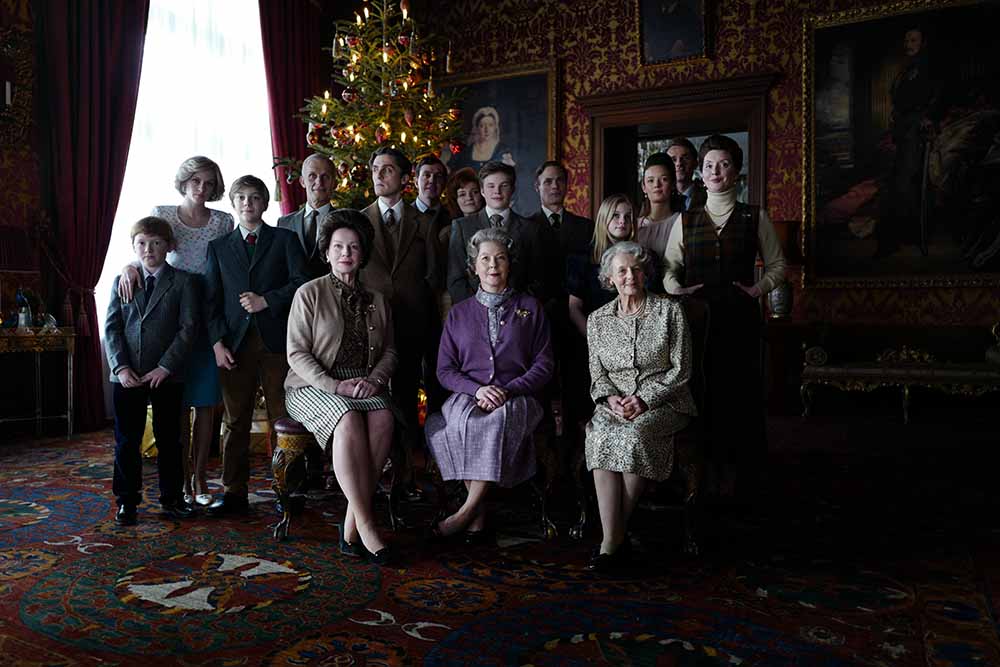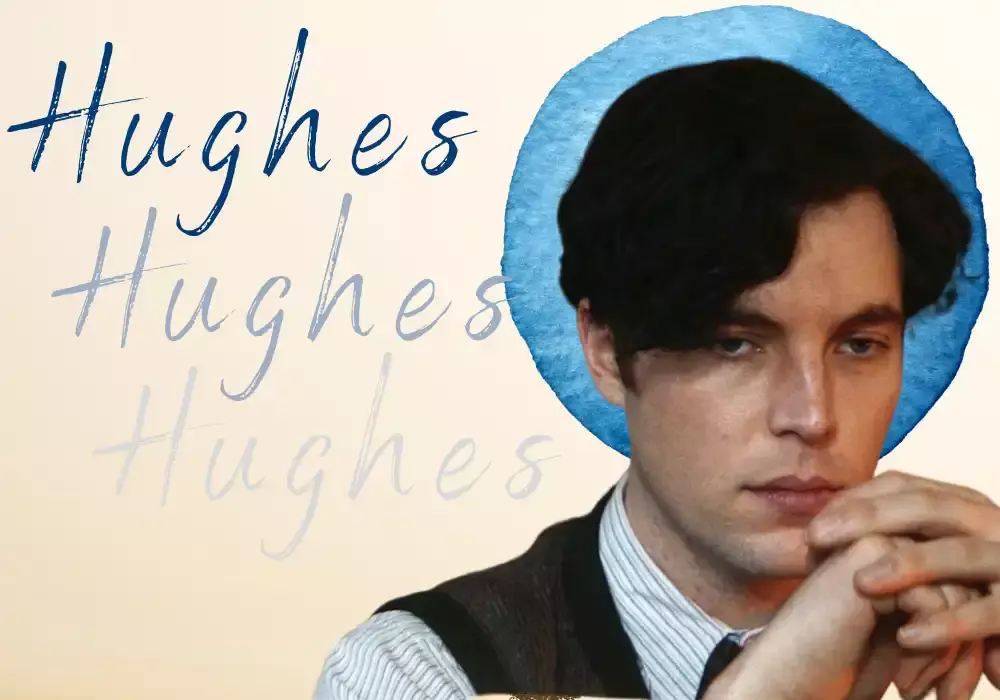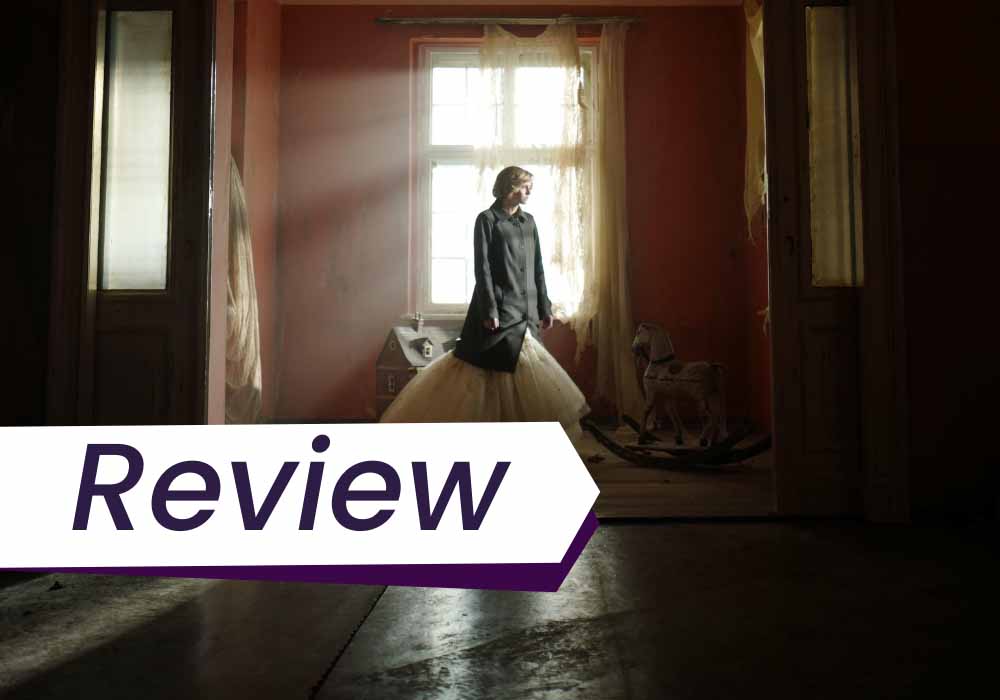Spencer, Pablo Larraín’s impressionistic portrait of Princess Diana (Kristen Stewart), takes big swings that rarely hit.
Spencer is now available on VOD in Canada and the US.

Discover one film you didn’t know you needed:
Not in the zeitgeist. Not pushed by streamers.
But still easy to find — and worth sitting with.
And a guide to help you do just that.
In Spencer, Pablo Larraín (Neruda, Jackie, Ema) imagines three days in the life of the beloved Princess Diana (Kristen Stewart) — it’s “a fable from a true tragedy,” as the opening title card puts it. We follow Diana over the Christmas holidays at Sandringham Palace, as she contemplates whether or not to leave her husband, Charles (Jack Farthing) (spoiler alert: she did). Our screens are not lacking portrayals of Princess Diana, especially in recent years, in which Diana (2013), The Crown (2020-), and even the recent and ridiculous Diana: The Musical (2021) have each depicted several years of Diana’s life. Spencer is less interested in biographical detail, and more invested in conjuring a feeling — of claustrophobia, oppression, repression, and being trapped.
Larraín’s desire to make a visceral, intense film that traps us inside Diana’s head is a double-edged sword. The condensed timeline that focuses on capturing Diana’s emotional state at the expense of biographical detail sets Spencer apart from other depictions of the “People’s Princess,” but it also rids the film of context that might have made it a richer psychological portrait. The film makes bold swings: one of the opening shots shows a dead bird lying on the road, its body repeatedly narrowly missed by the tires on a fleet of cars driving toward Sandringham. The shot is so blunt (Diana is the bird!) that it’s oddly perfect at setting up the film to come, which is unapologetically OTT (almost) all of the time, featuring countless visual metaphors that are just as on-the-nose as the helpless bird about to be trampled.

Watching Spencer does make you feel Diana’s claustrophobia — countless closeups and an overwhelming score will do that — but I often wondered, to what end? It helps us to understand how stifling and manipulative the royal family is, and how hard it is to escape their grip. But after establishing that, the film continues to play the same note over and over. After a certain point, Jonny Greenwood’s ill-fitting, discordant score, which started off as unnerving, becomes constant, annoying background noise. He cleverly incorporates the noise of clinking jewelry into the music, turning the sounds of an opulent garment into something spine-tingling. But that sound effect is used so often, and drowned out amongst so many layers of instrumentation, that it quickly loses meaning. Handheld closeups are so dominant in the film’s visual language that their impact diminishes. The film plays its hand all at once, all too quickly.
Kristen Stewart’s engaging performance lends Diana more psychological light and shade than the film itself manages; to his credit, Larraín cast her and uses her extremely well. This is the most “transformative” role of Stewart’s career: she often plays contemporary characters who bear some resemblance to her star persona. But in Spencer, she sheds some of the markers of “a Kristen Stewart performance,” evoking the real Diana by donning a British accent, adopting some of Diana’s mannerisms, and of course, wearing a blonde wig. Still, Stewart sparingly and cleverly uses some of her own signature nervous, awkward mannerisms to great effect. We first see Diana when she’s driving her car to Sandringham, lost on winding country roads; the camera is positioned so that her knee is just about in frame, anxiously jittering up and down.
Stewart, an American actress, is an interesting choice to play a posh Brit: throughout her career, she’s often been accused of “stiffness,” which isn’t exactly fair — when her performances are perceived as stiff or awkward, she’s often aware of it herself and employing those disjointed mannerisms in a thoughtful way. The same is true here, where she plays Diana as a woman attempting the composed body language and blank expression expected of royalty, but failing. She looks more uncomfortable than she does poised, and her nervous tics peek through; Diana isn’t made for the royal family, no matter how hard she tries to blend in, and she’s just about at breaking point.

Stewart, and the film, are at their strongest in the precious few quiet moments Diana spends with her children, or with her friend, Maggie (Sally Hawkins), who works as her dresser. For such a theatrical film, I was taken aback by these gentle, sweet scenes, which are almost all played at a whisper. At the beginning of the film, we see an eerie sign in the kitchen asking the cooks to be quiet because “THEY CAN HEAR YOU;” Diana seems to be afraid of the very same thing, whenever she shows vulnerability. When we see Diana playing games with her children, or confiding in Maggie, one of the only people that she trusts, we catch glimpses of the person she is beyond what the royal family wants her to be, the person she’s trying to claw her way back to. By nature of the story, these are stolen, short-lived moments, which is a shame because they offer so much more insight than Larraín’s histrionic set pieces.
There is one visual metaphor from Spencer that has stuck with me, but it also frustratingly gestures at ground that I wish the film had properly covered. Toward the end of the film, Diana is reprimanded for dressing with her bedroom curtains open, which risked someone, perhaps a snooping member of the press, seeing her naked. As a result, the housekeepers stitch together the drapes. As her breakdown climaxes, Diana strides toward those curtains and cuts open the stitches with wire cutters, before dramatically opening the drapes and letting in the sun. For her, it’s like taking in a huge gulp of air after drowning. But the royal staff also weren’t wrong — these windows leave her exposed as much as they make her feel free. Diana doesn’t have a true escape.
Diana had two main aggressors in her life: the royal family and the press. But in Spencer, while the prying eyes of the press are mentioned, they’re nothing compared to the looming spectre of the royal family. Spencer wants to tell a largely straightforward story of a woman who is trapped, before freeing herself and finding release. It offers a satisfying ending to Diana’s story, but in the process, sands off some rough edges. Yes, the institution of the royal family is oppressive, but deciding to formally leave an institution with that much power doesn’t mean you’ve escaped, especially when your children are still wrapped up in it. The outside world held many dangers for Diana, just as being trapped inside the royal palaces did. Spencer risks making the royals a simplified villain, when the reality is much more complex and insidious.
Spencer is now available on VOD in Canada and the US.
You could be missing out on opportunities to watch films like Pablo Larraín’s Spencer at virtual cinemas, VOD, and festivals.
Subscribe to the Seventh Row newsletter to stay in the know.
Subscribers to our newsletter get an email every Friday which details great new streaming options in Canada, the US, and the UK.
Click here to subscribe to the Seventh Row newsletter.




